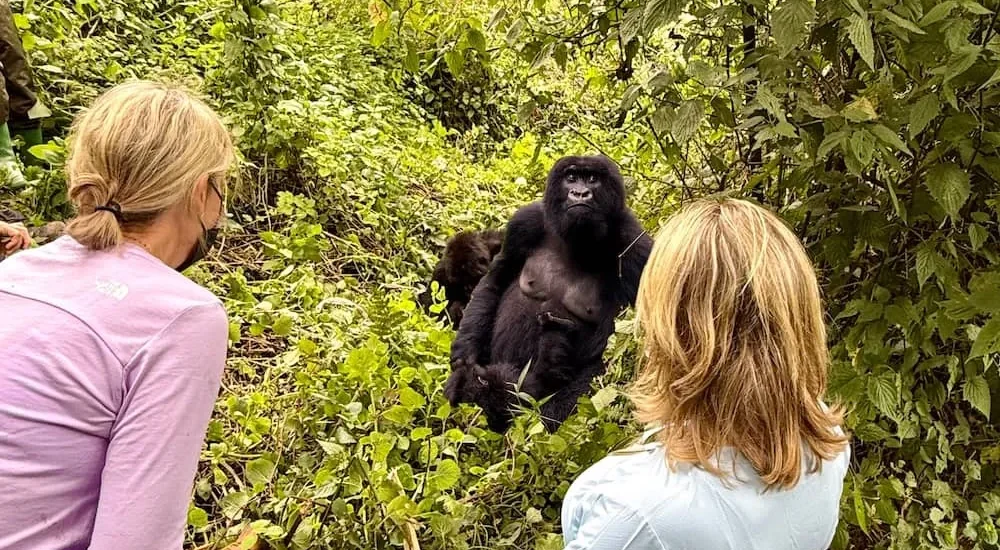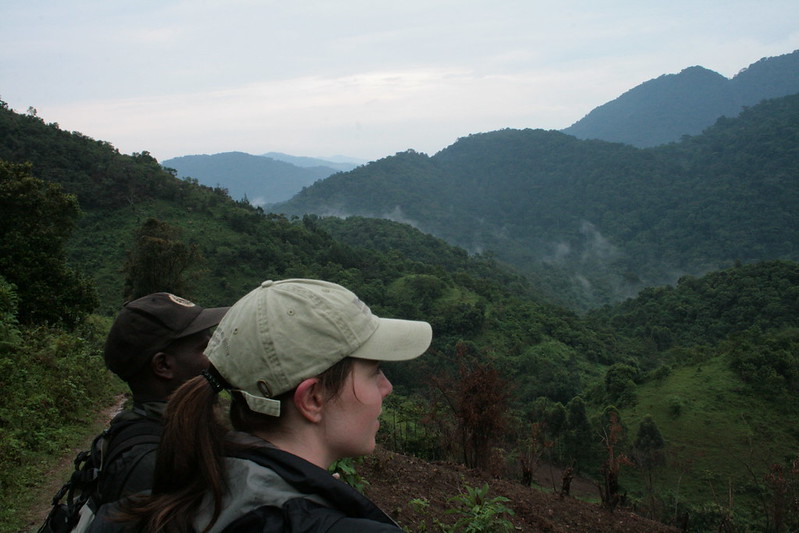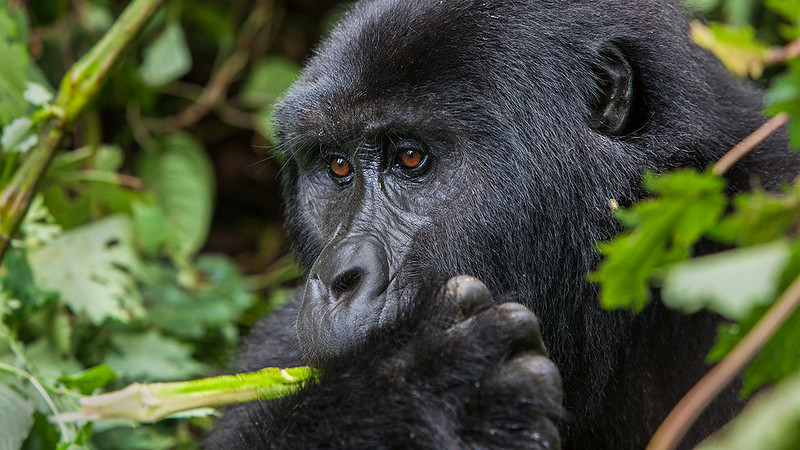Gorilla Trekking Altitude Acclimatization and Elevation, Any visitor who has been gorilla trekking has a…
NYERO ROCK PAINTINGS
The Nyero Rock paintings are the most visited tourist attractions in Uganda. The majority of Uganda’s rock art is situated in the country’s east and southeast. Other sites can be found across Uganda.
One of the most notable art sites is at Nyero in the east, between Mbale and Soroti, not far from Mount Elgon, an old volcano on the Kenya/Uganda boundary.
The Nyero Rock Paintings’ History
The rock drawings at Nyero date from before 1250 CE. This form of rock art is part of a unified heritage that is frequently painted in red color. It was initially observed in 1913, and experts later classified it as mostly geometric in nature.
This kind of art was thought to be of the Batwa (TWA) hunter-gatherers of pygmy descent. These are usually found in tiny clusters along the borders of Rwanda, Uganda, and the eastern Democratic Republic of the Congo.
These people are thought to have formerly lived in the vicinity of these rock art locations. They are most likely leaving owing to the entrance of the current population (Nilotic, Luo, and Bantu groups).
The paintings contribute to the cultural identity of Iteso, Uganda, and Africa as a whole.
These paintings demonstrate that intelligent people lived long before modern civilisation. The Nyero rocks attest to the existence of folklore and myths concerning the ancient inhabitants of eastern Uganda.
Unforgettable Heritage
The rock art locations are said to be holy to the gods. The red and white paintings are precious to the inhabitants of Teso, but they are also intriguing because the painters are unknown.
Previously, the Iteso people of Nyero would sacrifice and make gifts to the gods for rain, misfortune, blessings, and child bearing troubles (Nyero 3). Individual and clan prayers are held seasonally. Oral history revealed a deep commitment to certain locations. The government forbade individuals from worshiping there in the 1970s.
Smoke from sacrifices may still be seen in some of the caverns. The presence of a significant prayer location in the buffer zone continues to lure people to the area.
Six miniature rock shelters in a rock cave are part of the Nyero rock painting.
To name a few, the first Nyero rock and the margins of the first shelter have white colored murals painted in circles and various forms of acacia pods.
The principal refuge in the region is the second Nyero rock. It stands 10 meters tall and is positioned vertically against the rear of another wall. The overhang shields the paintings from direct rain, and the rocks in front and to the sides shield them from the sun. This piece has red pigment color in the shape of concentric circles and additional 40 various designs within the circles.
The third Nyero rock is located in the extreme north of the Inselberg, approximately 8 minutes’ walk from the second rock. It was constructed by a big boulder positioned on top of supporting rocks, leaving no room for standing. Visitors must stoop low down once within the artificial protection wall to reach the far end, where another artificial wall makes it less risky and provides a panoramic view of the ground below. The picture is made up of white concentric circles, with the outer circles encircled by double curving patterns and double lines separated into smaller compartments.
The fourth Nyero rock is a tiny shelter on the hill’s south-western slope with remnants of red finger-painted concentric circles, conical forms, and lines.
The Fifth Nyero rock, located near the elementary school on the western side of the hill, features a red geometric design formed of a combination of circular and linear shapes painted with both a brush and a finger. Unfortunately, natural water erosion has wrecked some of it.
The Sixth Nyero rock is located high on a hill with a nice view of the surrounding area. Red pigment traces create two finger-painted outlines of small oval shapes and a slanting L-shape, as well as an outlined cross with a little circle below. The painted surface exfoliates and is exposed to rain and early sunlight.
A visit to the Nyero rock paintings should not be missed when on safari in Uganda. It is thought that the Stone Age epoch began at these rocks. These are wonderful and great tourist attractions. A local guide will be assigned to you during your visit to this location. He/she will tell you everything there is to know about the rocks and people.
Please keep in mind that these rocks are extremely slippery during the wet season. Visitors must exercise caution when climbing or entering the caverns.


